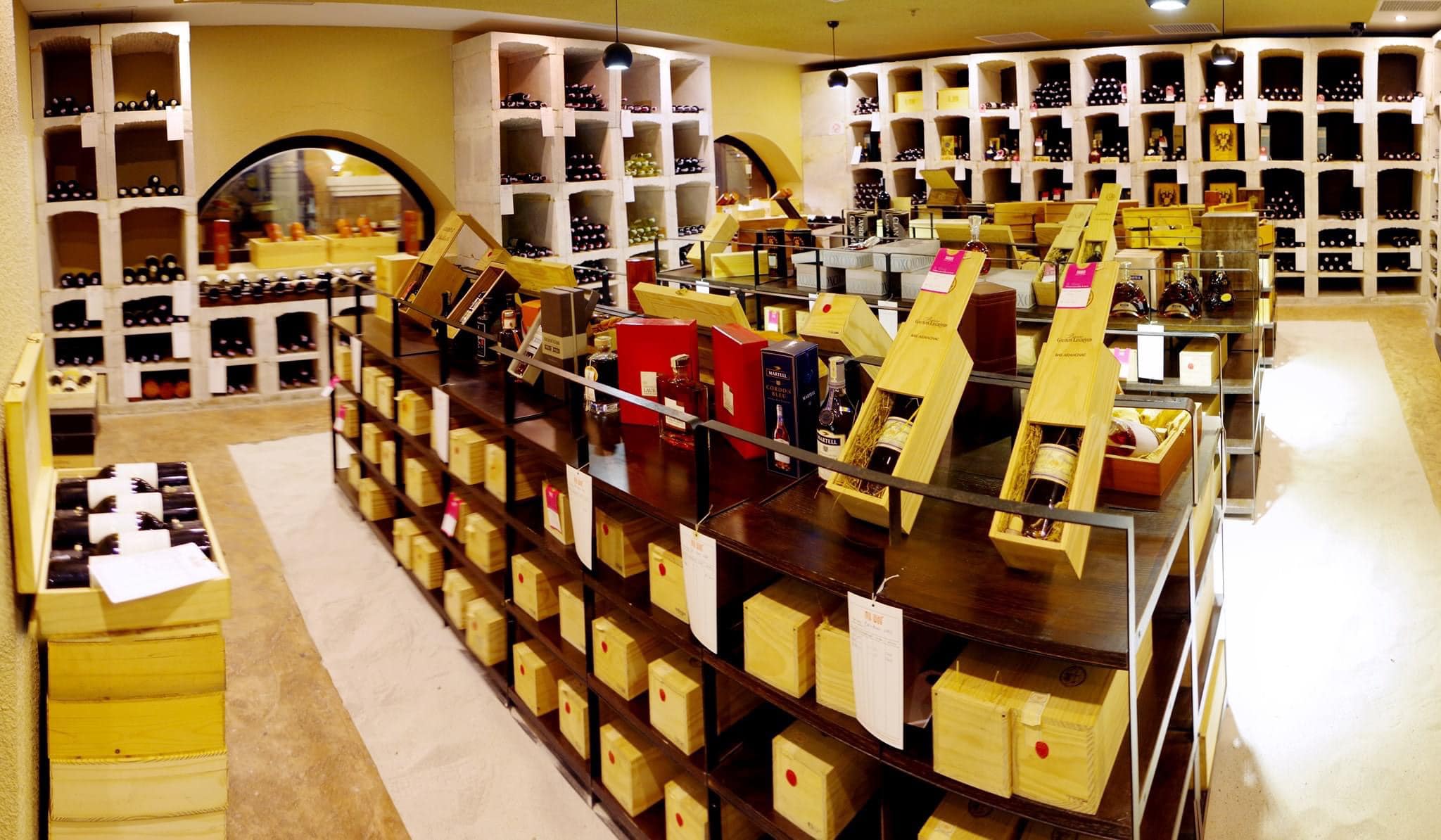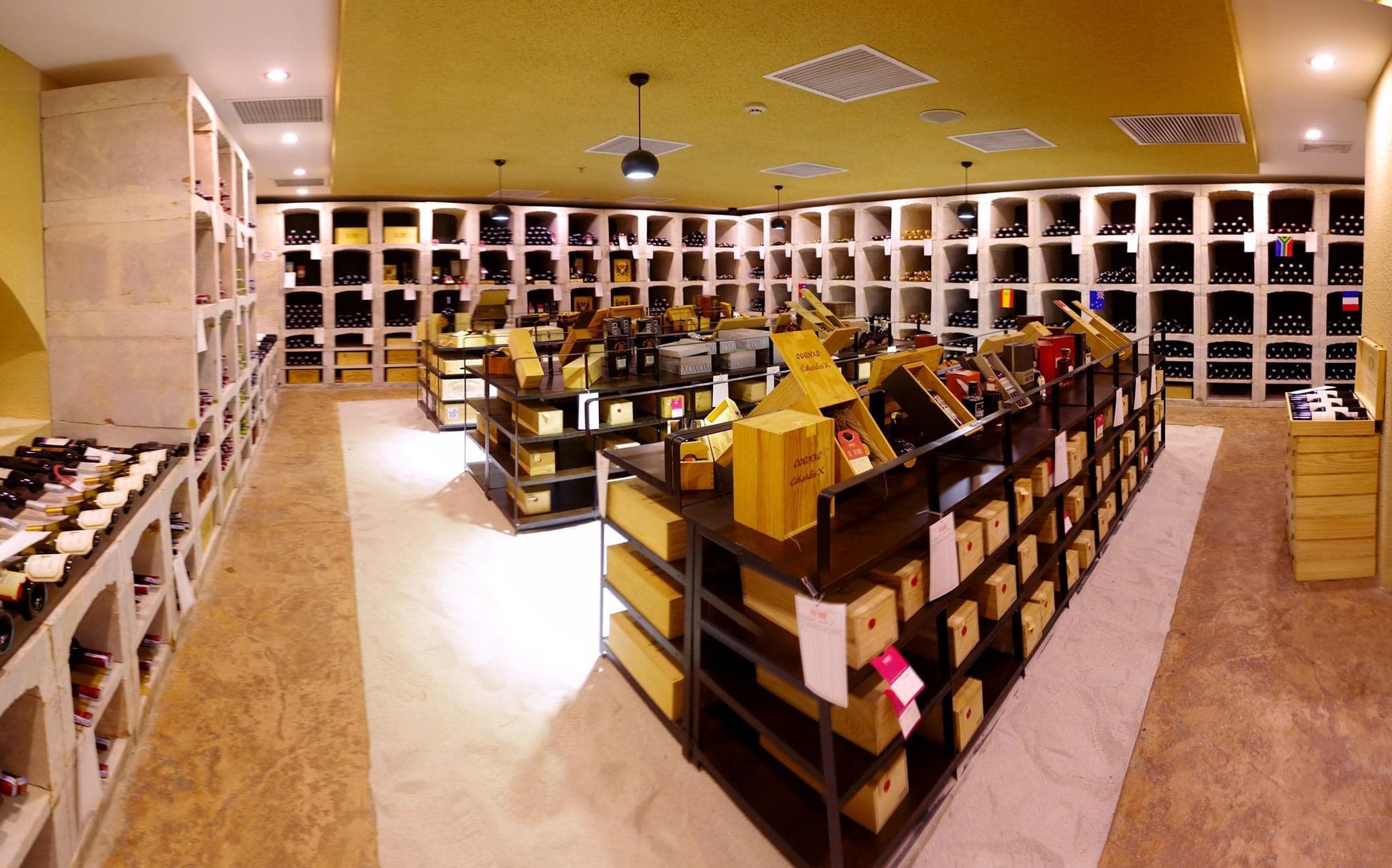-
-
-
Total payment:
-

30
05/2022
PRESERVING WINE AS KEEPING GOLD
Looking, swirling, sniffing, tasting and savoring are the very basic step to enjoy a glass of wine. It seems to be simple at the first sight, yet “ the layperson” must take great pains to explore and feel the precious value of each glass of wine. Once having the comprehensive understanding on the hidden values in each glass of wine, you can only be considered “vin lover”, or become a “L’Amant” of wine.
Enjoying wine is that difficult and keeping wine, likewise, is not so easy. With unstoppable efforts, we desire to share to all wine lovers some wine secrets. We hope our efforts in searching, collecting and translating the wine information would partly assist you to get wonderful experiences in wine enjoyment

Keep it cool but not too cool
Heat is enemy number one for wine. Temperatures higher than 700F will age a wine more quickly than is usually desirable. And if it gets too much hotter, your wine get “cooked”, resulting in flat aromas and flavors. The ideal temperature range is between 450F and 650F (and 550F is often cited as close to perfect)., though this isn’t an exact science. Don’t fret too much if your storage runs a couple degrees warmer, as long as you’re opening the bottles within a few years from their release.

Keeping wines in your household refrigerator is fine for up to a couple months, but it’s not a good bet for longer term. The average fridge temp falls well below 450F to safely store perishable foods and the lack of moisture could eventually dry our corks, which might allow air to seep into the bottles and damage the wine. Also, don’t keep your wine somewhere it could freeze (an unheated garage in winter, forgotten for hours in the freezer). If the liquid starts turning to ice, it could expand enough to push the cork out.

Steady as she goes
More important that worrying about achieving a perfect 550F is avoiding the landmines of rapid, extreme or frequent temperature swings. On top of cookend flavors, the expansion and contraction of the liquid inside the bottle might push the cork out or cause seepage. Aim for consistency, but don’t get paranoid about minor temperature fluctuations, wines may see worse in transit from the winery to the store. ( Even if heat has caused wine to seep out past the cork, that doesn”t always mean the wine is ruined. There’s no way to know until you open it-it could still be delicious).
Turn the lights off
Light, especially sunlight, can pose a potential problem for long-term storage. The sun’s UV rays can degrage and prematurely age wine. One of the reasons why vintners use colored glass bottles? They’re like sunglasses for wine. Light from household bulds probably won’t damage the wine itseft, but can fade your labels in the long run. Incandescent bulds may be a bit safer than fluorescent bulbs, which do emit very small amounts of ultraviolet light.
Don’t sweat the humidity
Conventional wisdom says that wines should be stored at an ideal humidity level of 70 percent. The theory goes that dry air will dry out the corks, which would let air into the bottle and spoil the wine. Yes, this does happen, but unless you live in a desert or in arctic conditions, it probably won’t happen to you. ( or if you’re laying down bottles for 10 or more years, but then we’re back to the matter of professional storage). Anywhere between 50 percent and 80 percent humidity is considered safe, and placing a pan of water in your storage area can improve conditions. Conversely, extremely damp conditions can promote mold. This won’t affect a properly sealed wine, but can damage the labels. A dehumidifier can fix that.

See things sideways
Traditionally, bottles have been stored on their sides in order to keep the liquid up against the cork, which theoretically should keep the cork from drying out. If you’re planning on drinking these bottles in the near-to mid-term, or if the bottles have alternative closures (crew caps, glass or plasstic corks). This is not necessary. We will say this, however: horizontal racking is a space-efficient way to store your bottles and it definitely can’t harm your wines.
Not a whole lot a shaking
There are theories that vibreation could damage wine in the long term by speeding up the chamical reactions in the liquid. Some serious collectors fret about even the subtle vibrations caused by electronic appliances, though there’s little evidence documenting the impacts of this. Significant vibrations could possible disturb the sediment in older wines and keep them from setting, potentially making them unpleasantly gritty. Unless you live above a train station or are hosting rock concerts, is this likely to be a problem for your short –term storage? No. (But don’t go shaking your wines like a super bowl MVP about to spray a bottle of Champagne around the locker room)

ILVINO - WINE CELLAR
Add: B2 - My Way Hotel & Residence - No. 02 Lane 86, Duy Tan Street, Cau Giay District, Hanoi
Hotline: (+84-24) 62 618 618 / 0909 37 1080
Facebook : https://www.facebook.com/mywayhotel.com.vn/
https://www.facebook.com/ilvino.com.vn
Intasgram: https://www.instagram.com/mywayhotel_residence.hanoi/
Youtube: https://www.youtube.com/watch?v=bscMoX6k0JM
Updating posts









